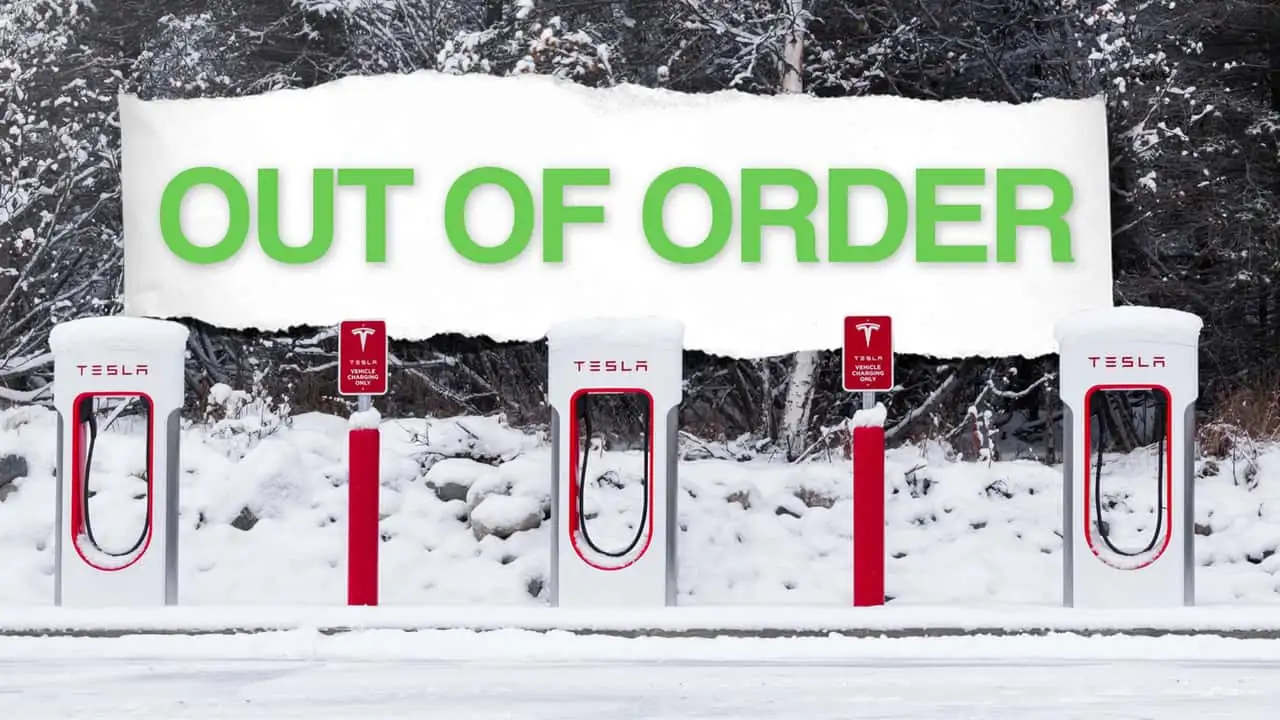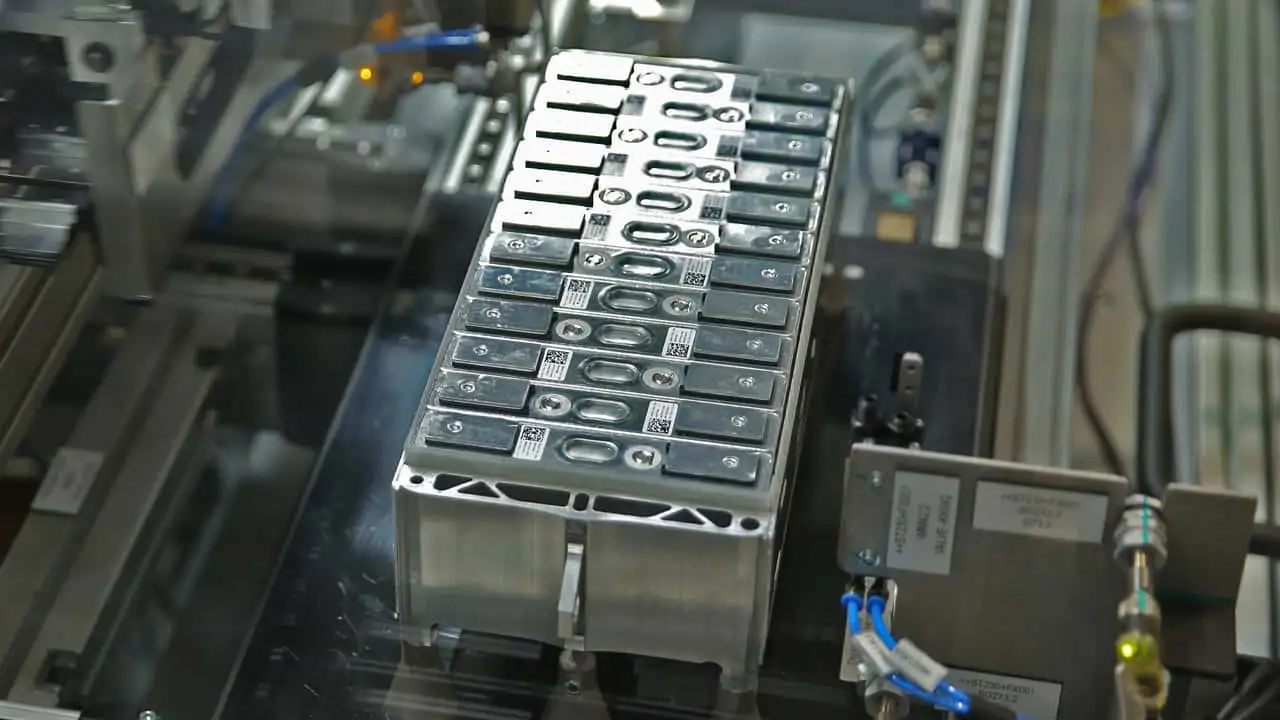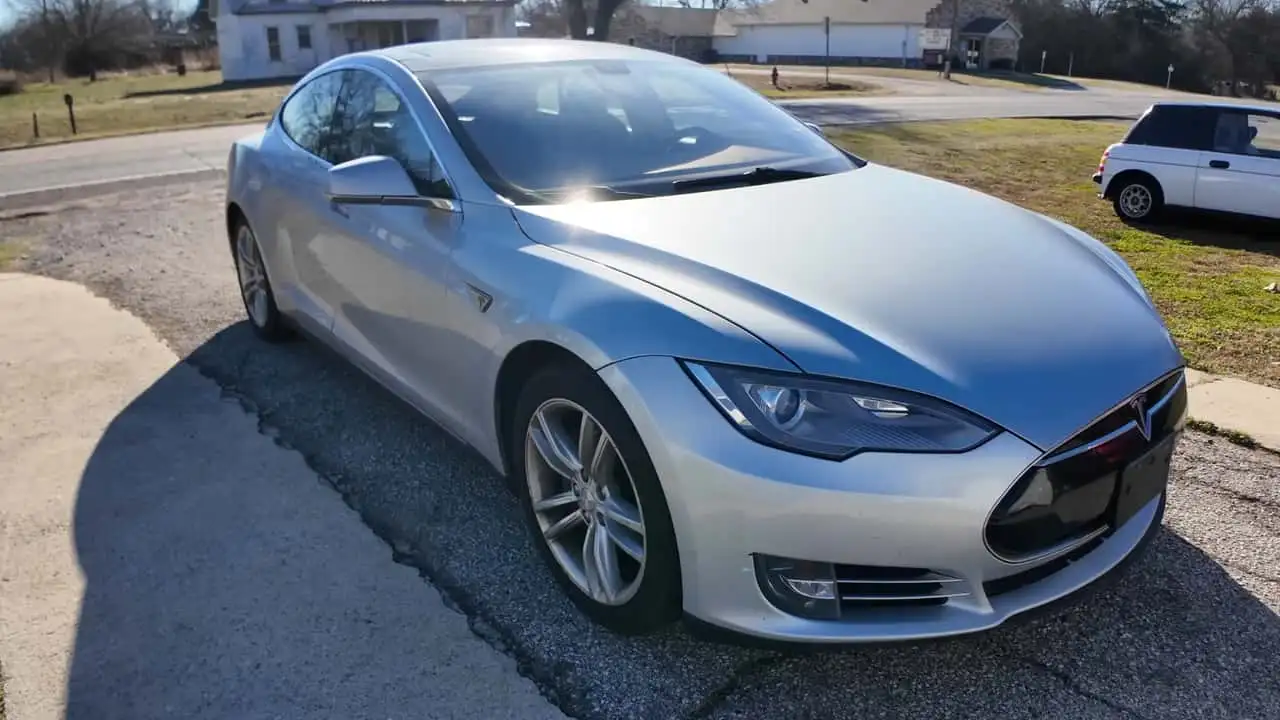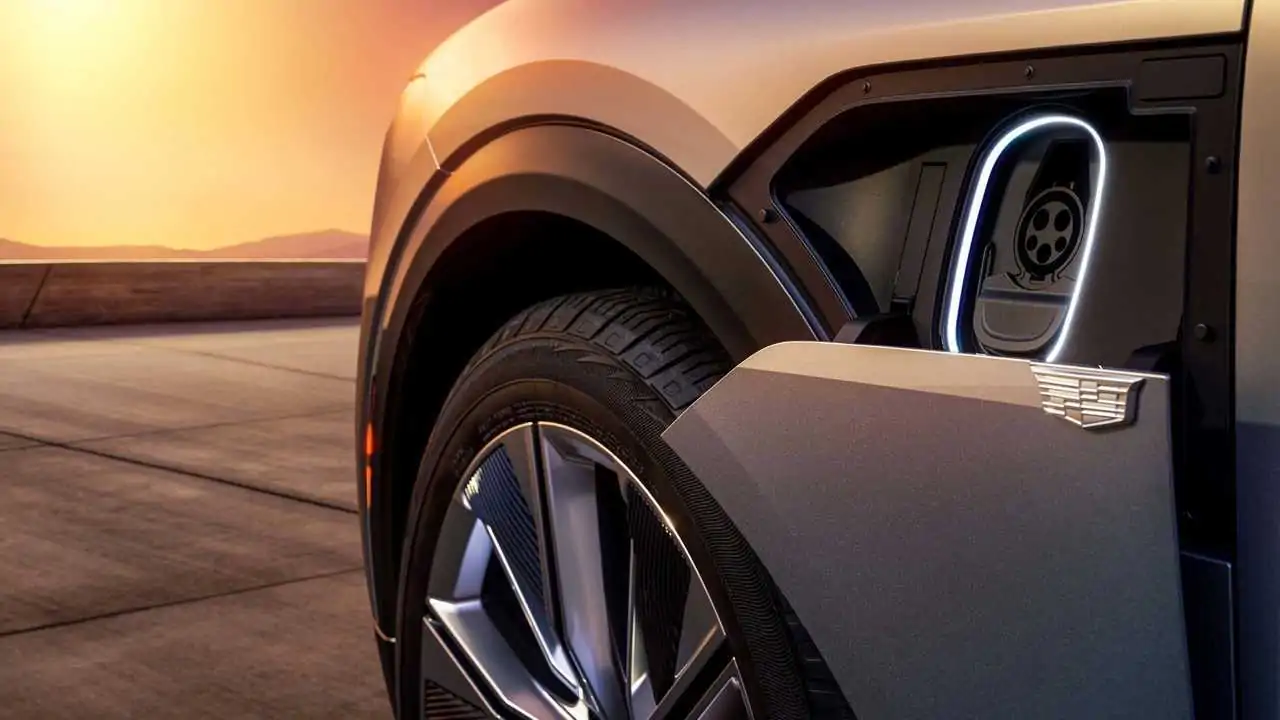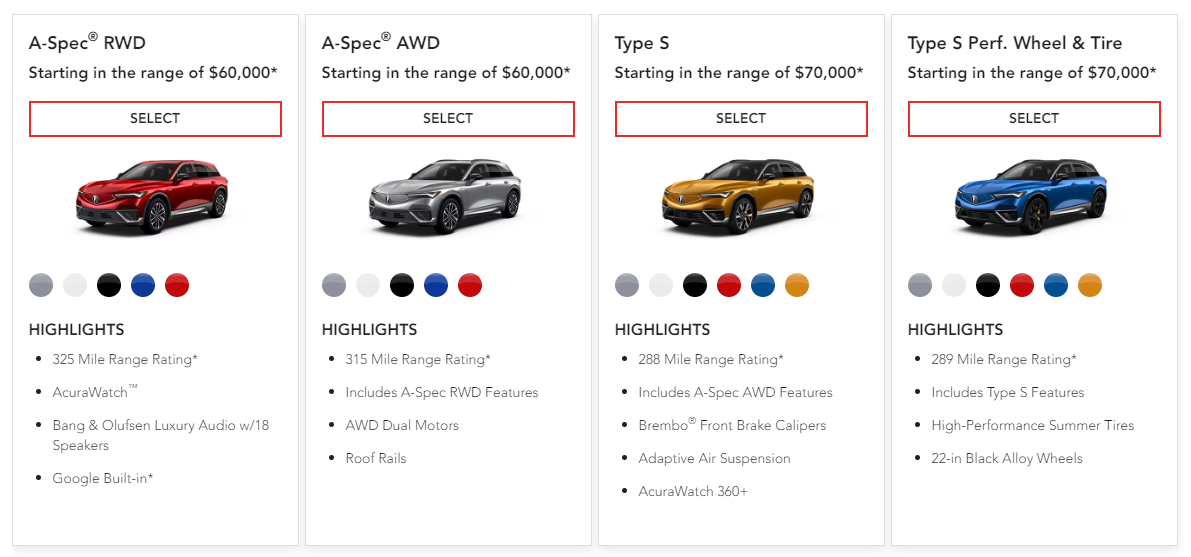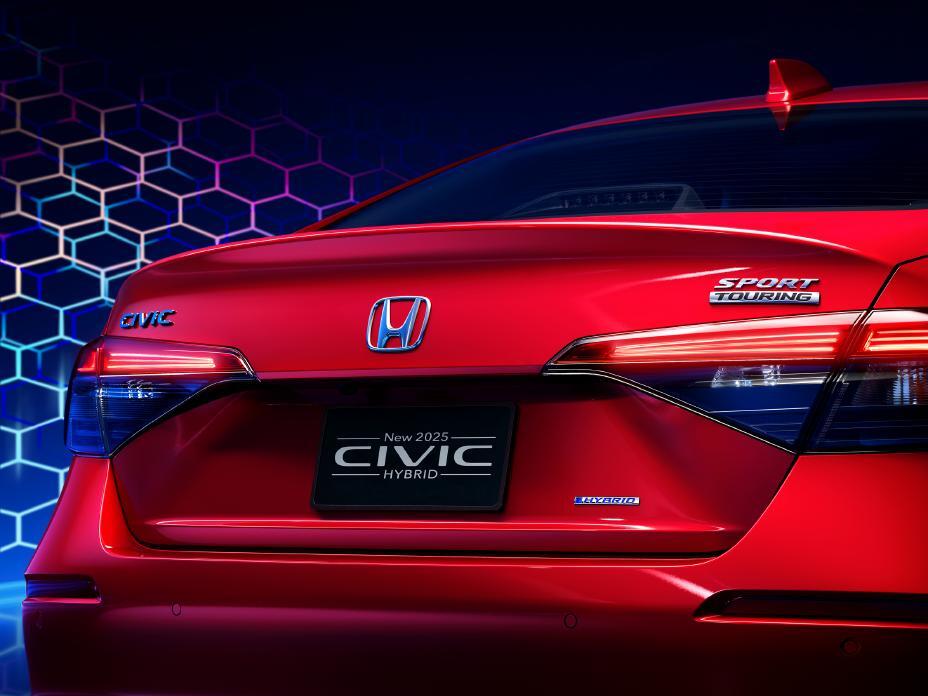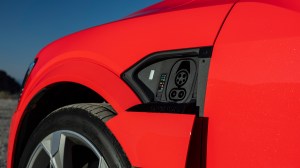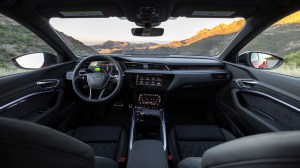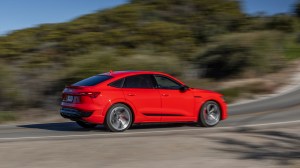First EV to dominate an entire year relegates last year’s winner, the Dacia Sandero, to second spot, and VW’s T-Roc takes third
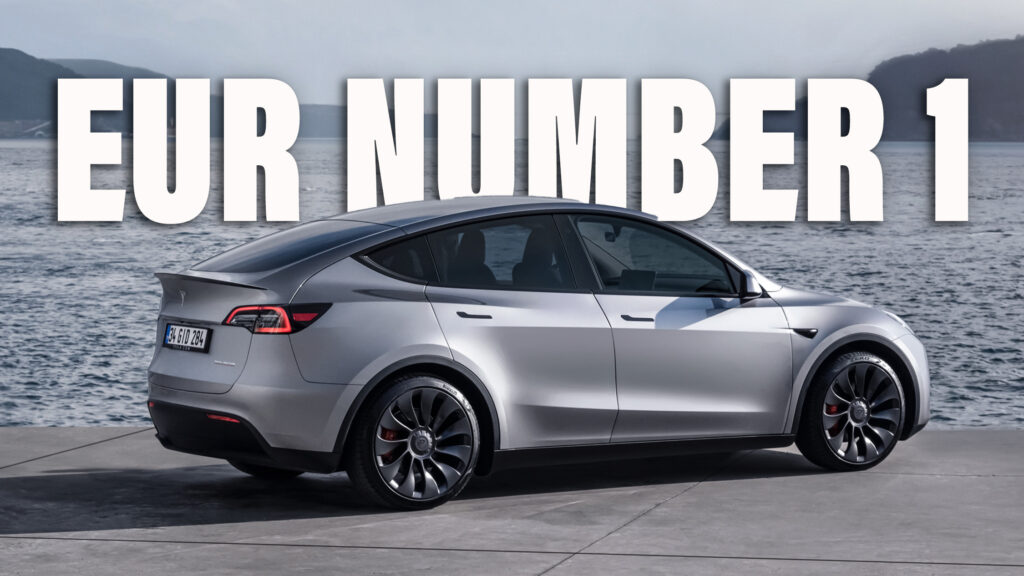
Even five years ago the idea of an EV being the best-selling car on an entire continent seemed like a science fiction story to most people, the sort of thing that might happen in 2043, not 2023. But that’s exactly what Tesla and its Model Y have achieved. Final figures are still to come in but the preliminary numbers from Dataforce make clear that the Model Y was Europe’s most popular new car last year, comfortably relegating the budget Dacia Sandero to second spot.
Tesla shifted 254,822 Model Ys and Dacia sold 235,893 Sanderos, with both cars performing better than in 2022. But while last year’s winner, the Dacia, saw sales increase by 17.5 percent from 200,736, Tesla’s exploded to the tune of 85 percent from 2022’s 137,608-unit total. It won the sales race in seven out of the 12 months, with the Sandero taking four and VW’s T-Roc – third in the overall table with 206,438 units – also bagging a month on top.
What makes this achievement all the more remarkable is that it’s not as if Tesla was riding on a wave of demand for EVs that resulted in battery-powered vehicles from all manufacturers storming the sales charts. Though some of the other cars in the table, like the Opel Corsa and Peugeot 2008, have EV powertrain options, there were no other EV-only cars in the top 30. In fact, the next EV in the chart after the Model Y was another Tesla, the Model 3, which scored 99,552 sales to take the 33rd spot.
Being the first EV ever to top Europe’s sales table for an entire year isn’t the Model Y’s only claim to fame. Autonews points out that its first midsize car, premium car, and non-European in the modern era to ascend to the podium’s top step. Value had plenty to do with its success in 2023. Tesla announced massive price cuts at the beginning of the year that sent rivals, and the entire auto industry, into a tailspin.
In another reminder of how much the car market has changed, the VW Golf, which scored numerous back-to-back wins in the 1990s and 2000s could manage no better than seventh place.

